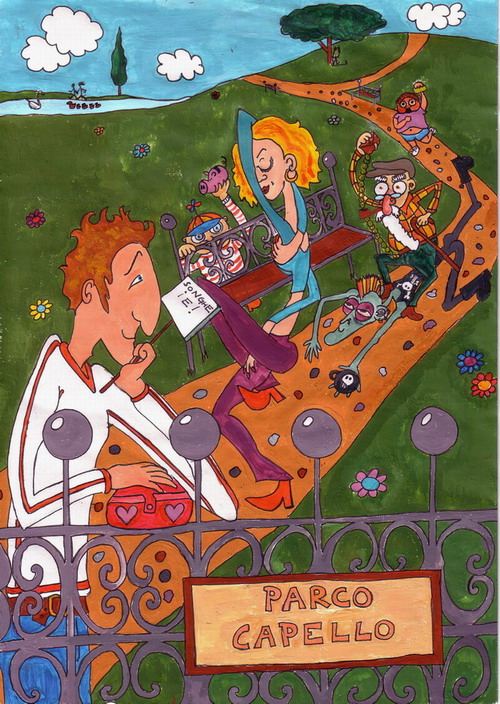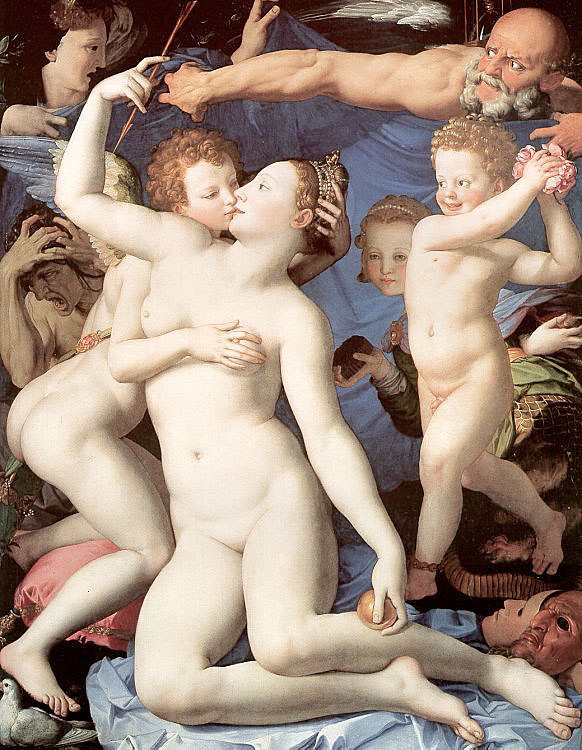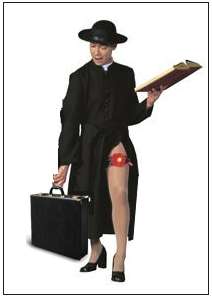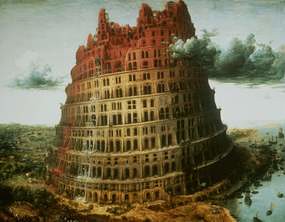Robèruta
Robèruta Robèruta, terribile caròruta !
Da fuori sembri florida, da dentro sembri putrida
Robèruta Robèruta , che guardi dalla pòruta
La mamma era una stupida ma ora invece è mòruta.
Robèruta Robèruta, rubata dalla spòruta,
T’ho fatto volto ed àruti con una lama rigida
Da semplice caròruta sei diventata vivida
(La bocca era un po’ stòruta, ma questo non impòruta)
‘Robèruta Robèruta, la mamma mi maltràruta,
Mattino e sera strepita, mi picchia con la spatola…’
Robèruta s’incavola e grida assatanàruta,
Picchiando sulla tavola : ‘la mamma non ti merita!
Io vado a vendicàruti !’ ed eccola che pàrute…
‘Per carità, Robèruta, ti prego di fermàruti!’
Ma ormai è troppo tàrudi : cruenta, la caròruta,
Esperta di karàrute, la rompe in quattro pàruti !
Ma caspita, Robèruta, ci sei andata fòrute,
C’è sangue dappertutto ed un tremendo odor di mòrute !
Mi sento un poco triste, forse è meglio che tu pàruta…
Ferita dalla critica, Robèruta mi squàruta !
Robèruta Robèruta osserva un poco assòruta
La padroncina mòruta, poi pensa :‘non impòruta’.
Sospira, si congràtula, poi esce dalla pòruta…
Robèruta Robèruta, terribile caròruta!





